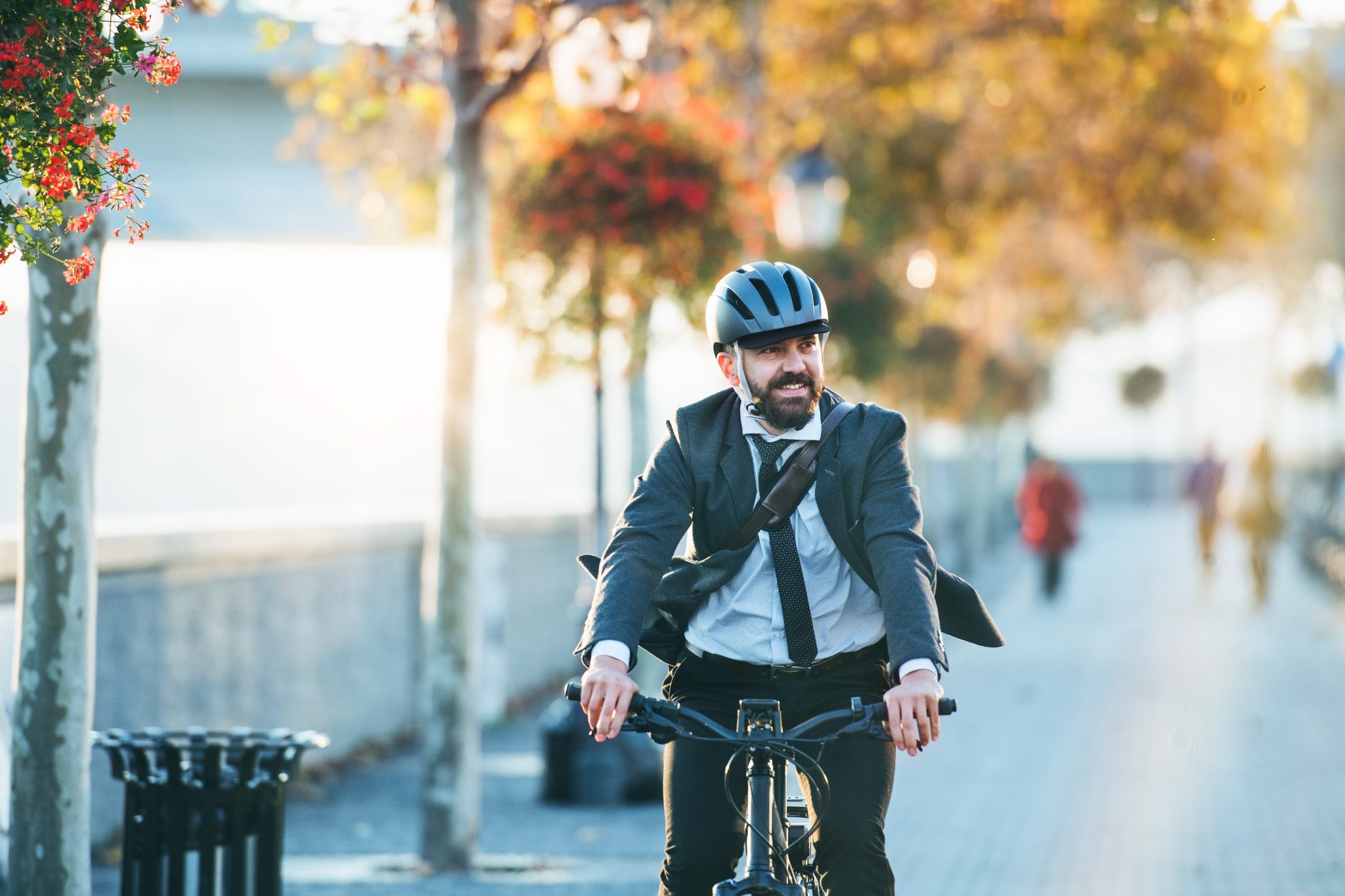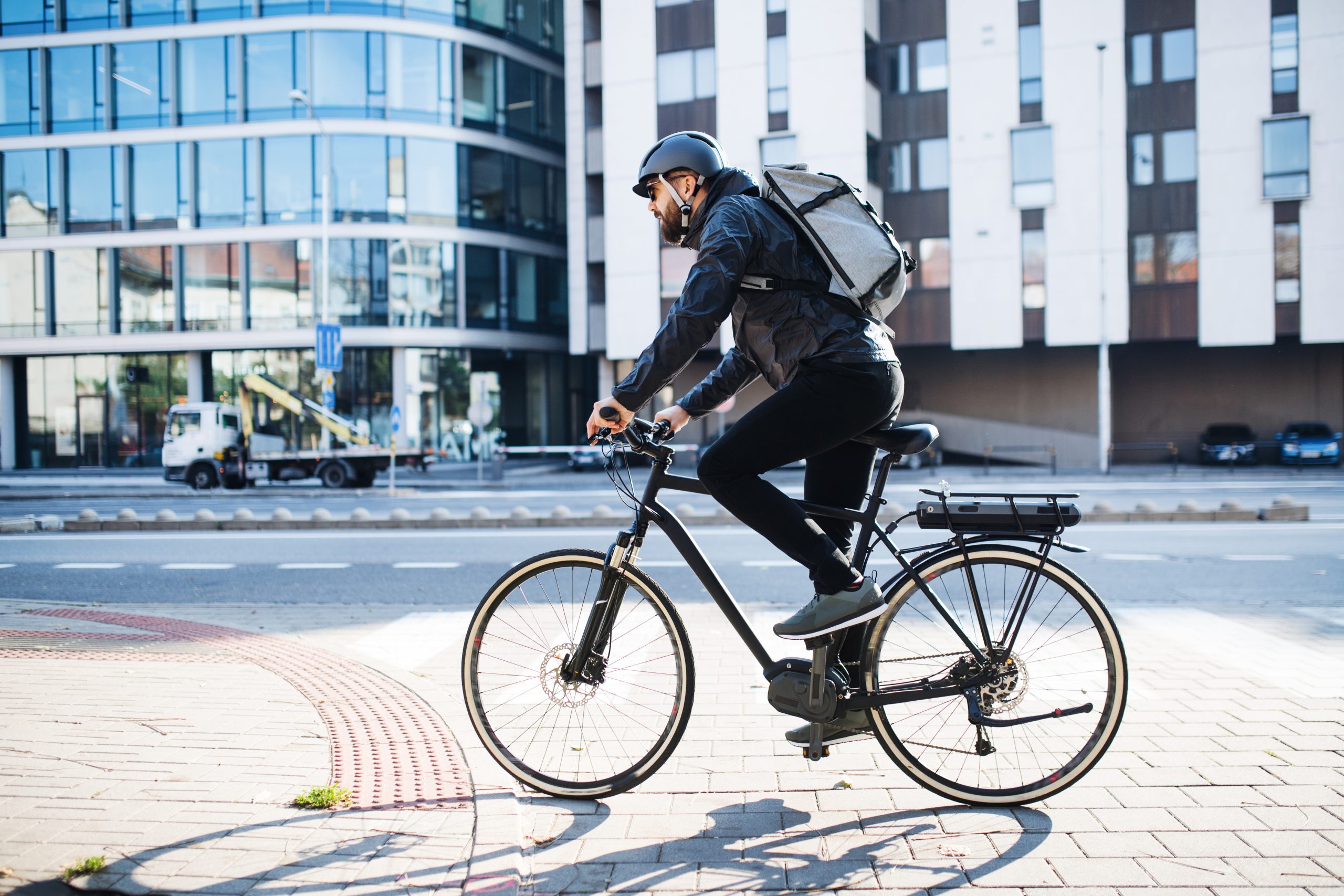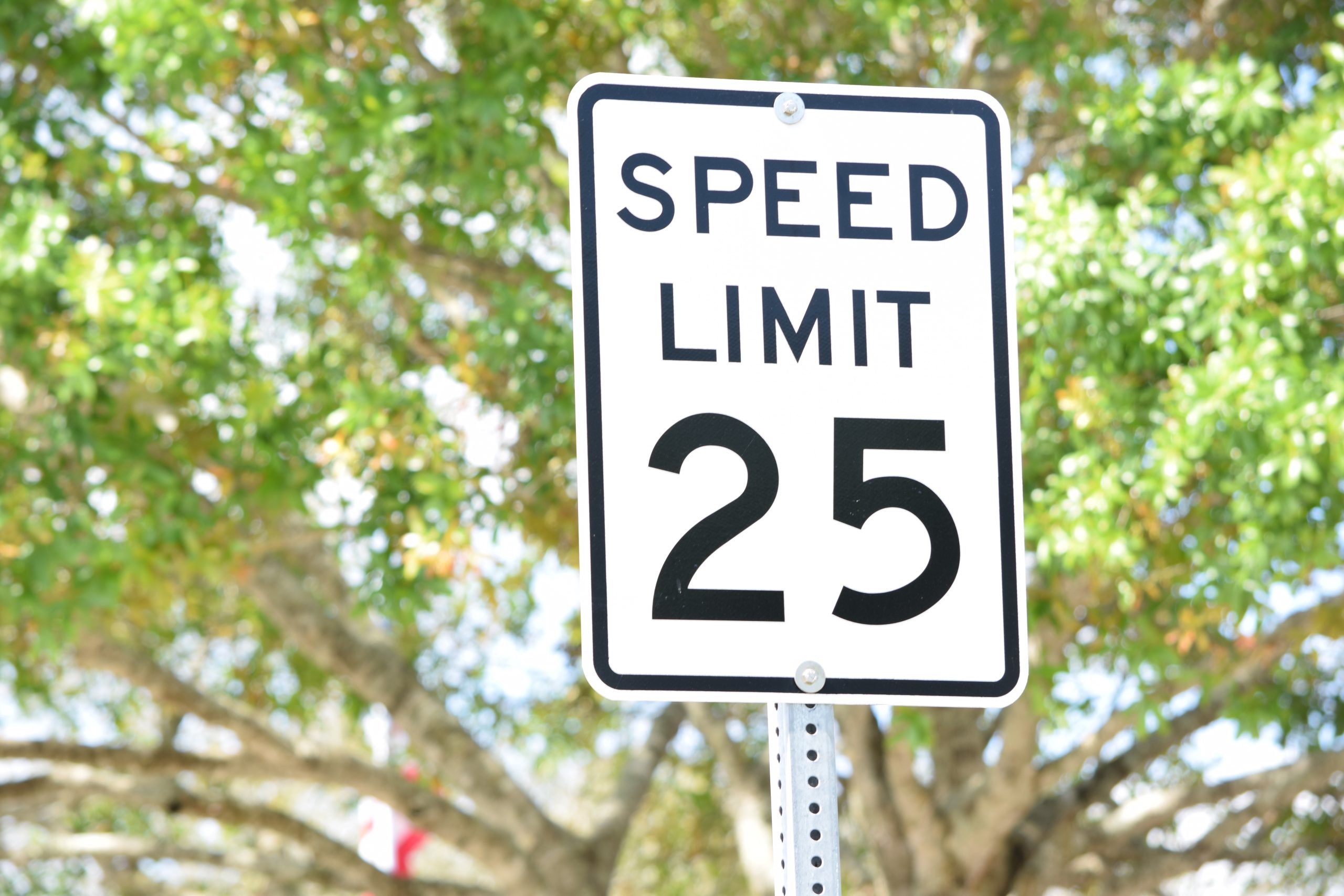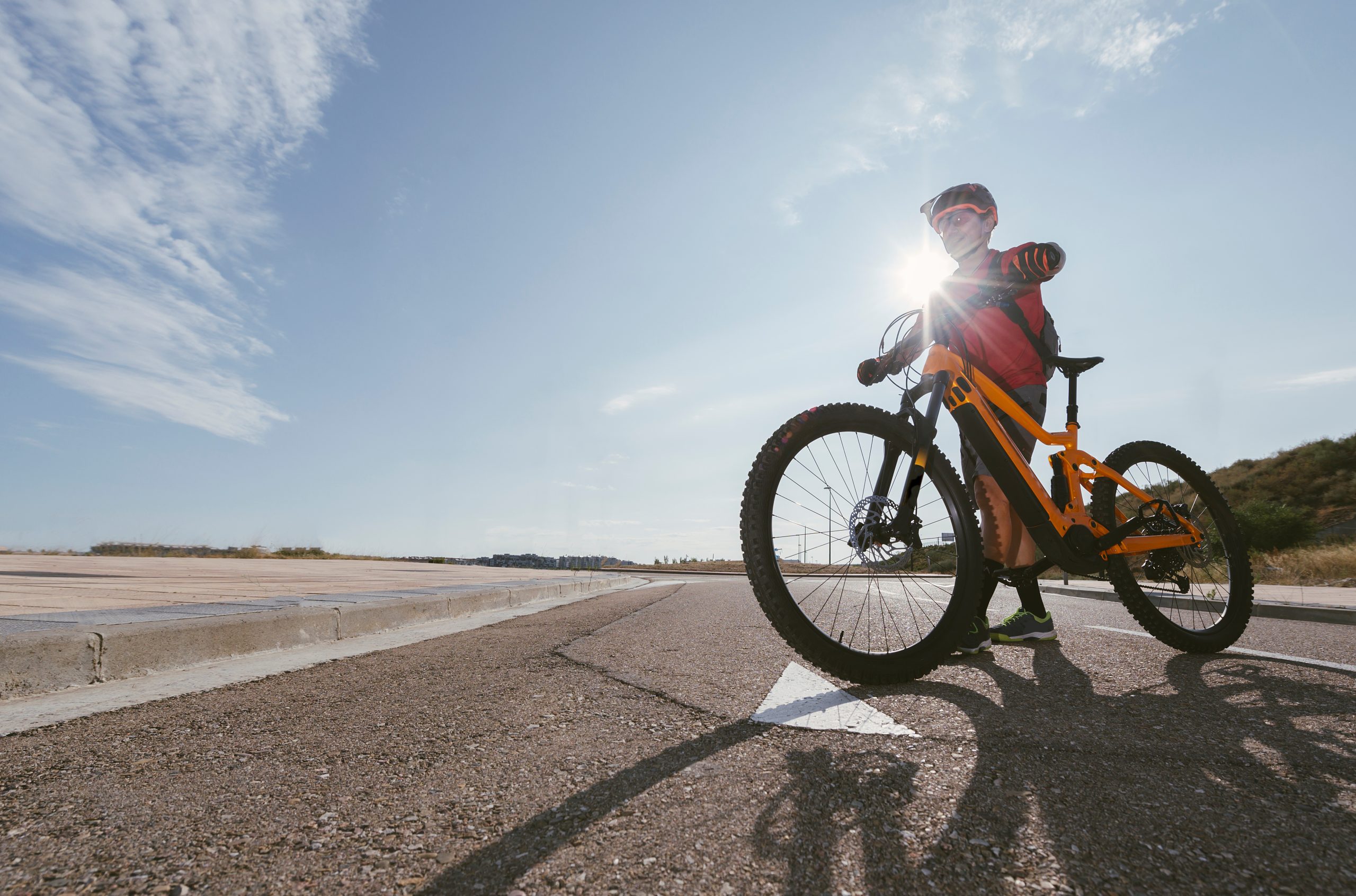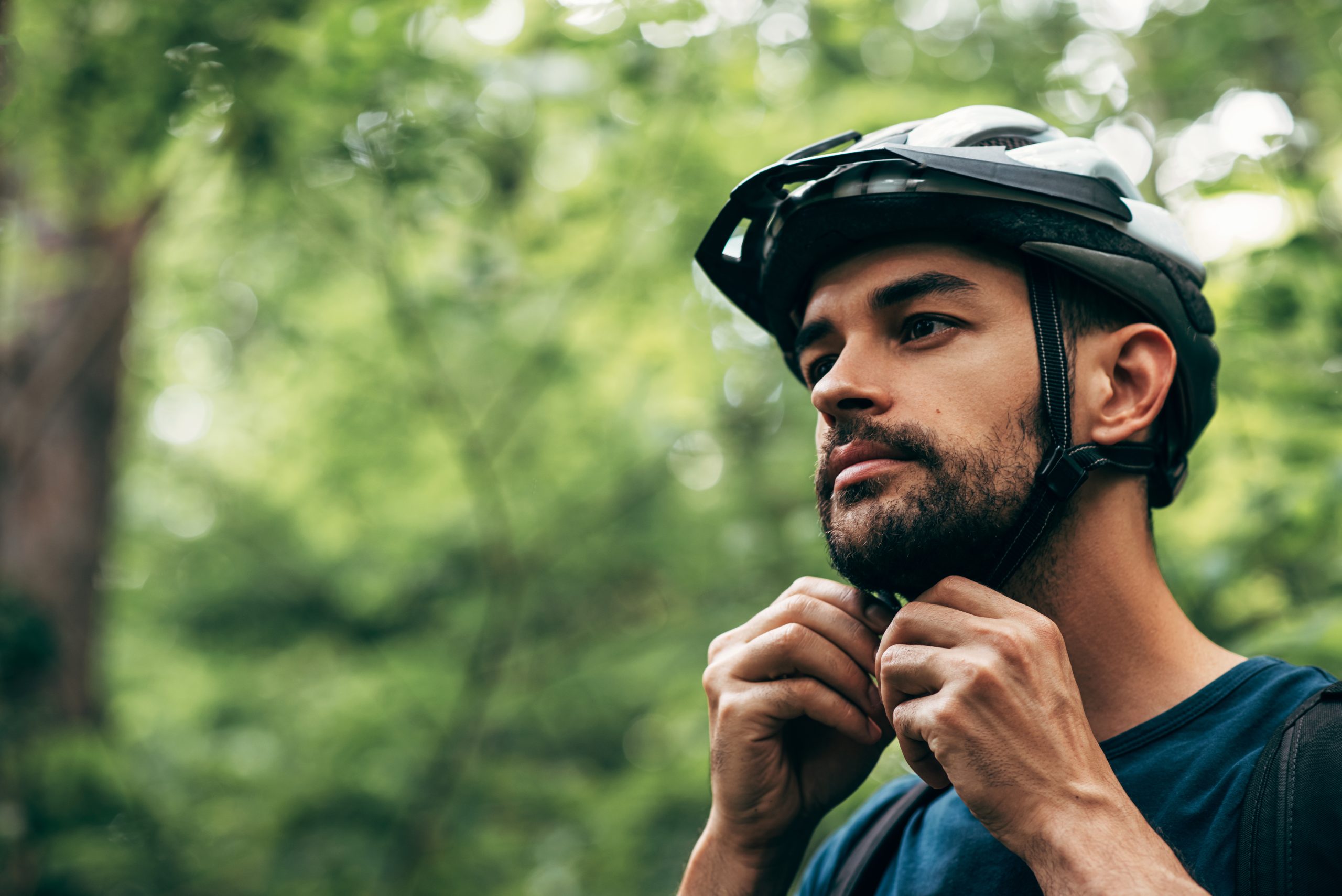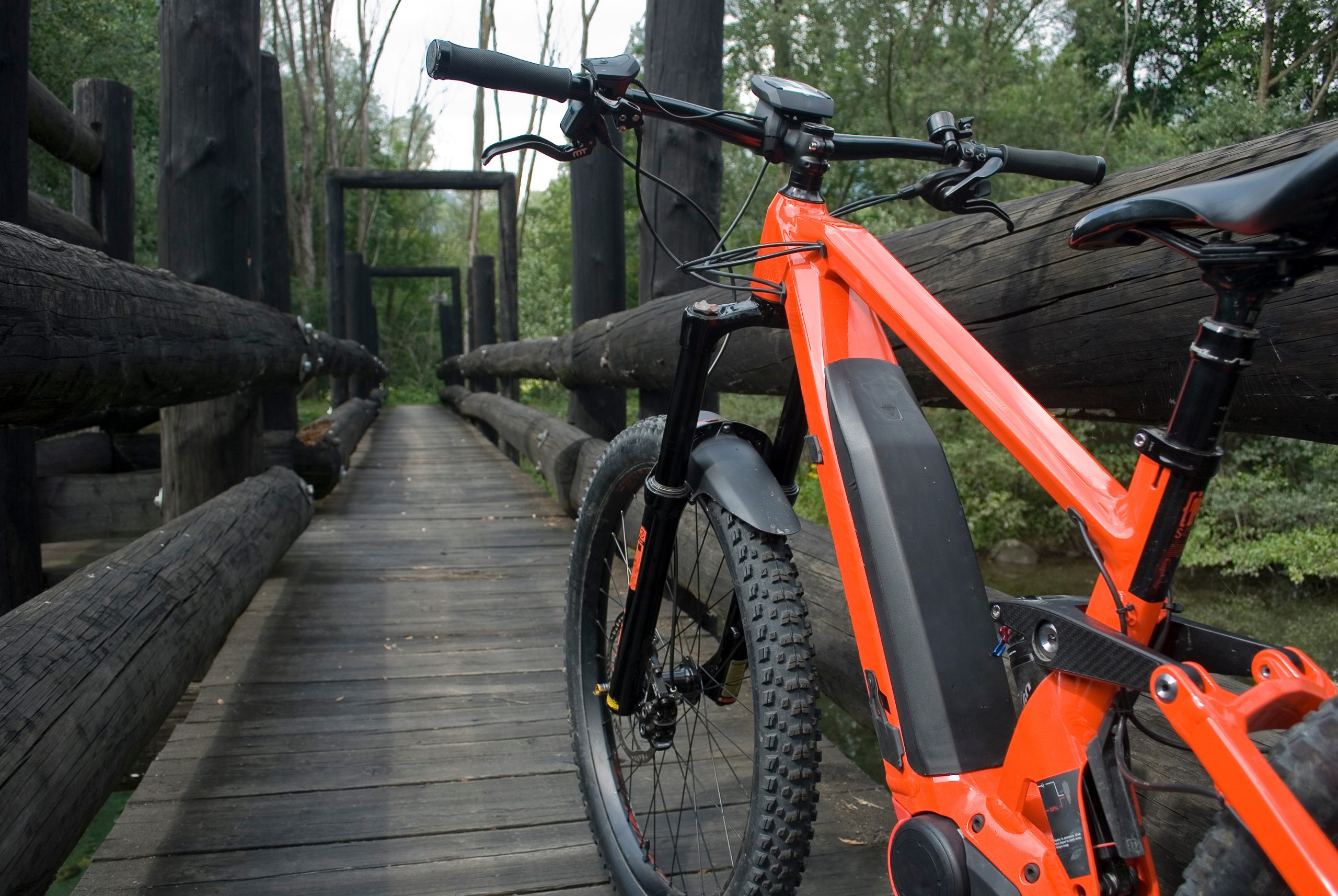Electric bikes, also known as e-bikes, offer a convenient and economical way to get around your Australian city. But with so many different laws and restrictions in place, it can be hard to understand how you can ride your e bike legally and safely. And that’s why we’ve made a comprehensive guide for Australian e bike regulations for you to know everything about speed limits, helmet laws, where you can ride, and everything in between. Read on to learn more about the most important aspects and stay out of trouble!
What is an E Bike?
Electric bikes help you ride your bike with electric power assistance
Before we get into e bike regulations, let’s first understand what an e bike is. E bikes, otherwise known as electric bikes, are power assisted bicycles that have electric motors attached to them. Powered with a chargeable battery, these electric motors assist in propelling the e bikes alongside the physical pedalling from the rider.
Types of Power Assistance
There are 2 main types of power assistance offered by e bikes: pedal assist and throttle assist. With a pedal assist e bike, power is provided when the rider is pedalling the bike. With throttle assist e bikes, power assistance is controlled by a hand control, similar to a motorbike.
E Bicycle Road Rules
Speed Limit
E bikes are limited to a speed of 25 km/h
The biggest and most common e bike regulation all riders should know about is the speed limit you are limited to when you ride an electric bike. To ride your electric bike in Australia on public roads, you must not exceed 25 km/h. The speed limit is set at 25 km/h in order to protect both riders and pedestrians alike, limiting the potential danger and risks of riding at high speeds.
As speed increases, the risk and severity of injury from an accident increases, and the margin of error decreases for reacting to dangerous situations. This limitation of bicycles to a lower speed is made crucial due to the minimal levels of crash protection offered. Unlike cars, which encapsulate and protect drivers during accidents with an impact absorbing structure around them, e bikes only having minimum front and rear impact protection.
There is also a high chance that riders will be thrown off in the event of accidents, which opens a wide range of potential injury risks. Travelling at excessive speeds on an e bike only increases the severity of potential accidents and reduces a riders reaction time available for sudden and adverse events.
High speeds also give pedestrians less time to react to electric bicycles, which are harder to see and hear compared to a car with a more audible internal combustion engine. Speeds higher than 25km/h also increases the risk of injury towards any pedestrians unfortunate enough to be involved in accidents with an e bike.
Where to Ride
E bikes are allowed on streets, but have limitations on freeways and motorways
Since they are classified as bicycles, e bike regulations state that riders are able to ride on public roads alongside other cars and vehicles. However, on freeways and motorways, riders must ride on the shoulder only in order to reduce the risk of accident and avoid disrupting the flow of traffic.
You are also allowed to ride on bike paths and shared paths, but must keep left and give way to pedestrians. This also includes keeping to the left of any oncoming bike riders in order to avoid confusion and potential crashes. Bikes must not be riden on footpaths unless you are under the age of 16 and being accompanied by an adult.
Maximum Power Output
In NSW, e bike regulations allow a maximum motor power of 500 watts, which was increased from 250 watts in February 2023. This gives riders the ability to use e bikes with longer range, better hill climbing ability, higher load capacities, and improved acceleration to keep up with traffic.
Helmets
Tighten straps for a secure fit in order to stay clear of legal trouble
All e bike riders must wear a helmet that is approved by the Australian and New Zealand standard (AS/NZS 2063). Helmets that have had a hard drop, been involved in a previous crash, is cracked, or has worn or frayed straps are not allowed to be worn. This is because these issues decrease the effectiveness of their protection, and may not be able to perform as intended. To avoid this, it’s best to avoid buying a used helmet or ones from unreputable sellers.
Not only do your helmets need to meet Australian regulation standards, but they also need to be worn properly. Straps need to be fastened enough that your helmet cannot fall off or slide around your head. Straps also must not cover your ears, be twisted and must be worn under the chin. With helmet fitment, they need to sit comfortably on your head whilst maintaining a 2 finger gap between it and your eyebrows.
Lights
Functioning lights are a must for riders using their e bikes at night
Riding at night also comes with it’s own unique e bike regulations. Electric bikes being ridden at night must have functioning lights and red reflectors. At the front of your e bike, a flashing or steady white light is needed, and must be powerful enough to be visible for at least 200 metres.
At the rear, a red light that is flashing or steady is needed, again rated to be visible for at least 200 metres. And additionally, a red reflector visible at at least 50 must be fitted at the rear of your e bike.
What If My E Bike Doesn’t Meet These E Bike Regulations?
E bikes not up to regulation standards can only be used on private property and private tracks
E bikes that fail to comply with these requirements can still be owned and operated on private property at your own risk. This includes e bikes which are capable of higher speeds, have more than 500 watts of power, or don’t have working lights.
It is also always crucial that you pay attention to the local state laws at all times. Rules and regulations surrounding e bikes are constantly changing, and it’s important that you stay compliant with them in order to stay out of trouble with law enforcement.
Start Riding Today!
So there you have it, all the essential e bike regulations you need to know about so you can ride yours without getting into legal trouble. It is also important to pay attention to your local states current laws, as they are constantly evolving. And to get started with riding on a quality e bike, head over our website and browse our wide range of quality, legal compliant e bikes today!

